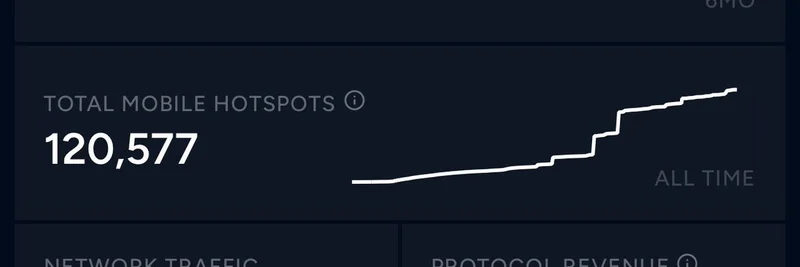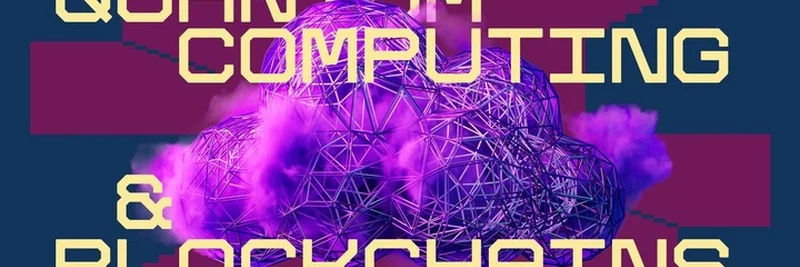In the fast-paced world of cryptocurrency, where prices swing wildly and fortunes are made or lost overnight, one piece of advice stands out for its simplicity and wisdom. Mert, the CEO of Helius Labs—a key player in the Solana ecosystem—recently shared his thoughts on X (formerly Twitter) about the pitfalls of trying to time the market. His tweet cuts through the noise, reminding us that unless you've got some insider edge (what insiders call "alpha"), chasing tops and bottoms is usually a fool's errand.
Here's what Mert had to say in his viral post: "call me bald but timing tops or bottoms is, by definition, a waste of time unless you have alpha which you probably don't just estimate what you think something should be valued at and keep DCAing until you believe it is no longer undervalued not exactly rocket surgery."
Breaking it down, "timing tops or bottoms" refers to trying to buy at the absolute lowest price (bottom) or sell at the highest (top). It's a tempting game, especially in volatile markets like crypto, but Mert points out it's rarely worth it without real alpha—unique, non-public information that gives you an edge. And let's be honest, most of us don't have that.
Instead, he advocates for a more grounded approach: figure out what you think an asset is truly worth, then use dollar-cost averaging (DCA). DCA means investing a fixed amount regularly, regardless of price fluctuations, which helps smooth out the ups and downs over time. Keep buying until you feel the asset is fairly valued or overvalued, then reassess.
This advice resonates particularly in the meme token space, where hype can drive prices to irrational heights or depths. At Meme Insider, we've seen countless meme coins like those on Solana pump on viral trends only to correct sharply. Applying Mert's strategy, you might evaluate a meme token's community strength, utility, or cultural relevance to estimate its fair value. For instance, tokens tied to strong narratives or innovative tech in the Solana ecosystem—home to fast, low-cost transactions—could be prime candidates for DCA if they're undervalued.
Mert's background adds weight to his words. As the founder of Helius, which provides RPCs, APIs, and trading infrastructure for Solana, he's deep in the trenches of blockchain development. His experience at Coinbase before that gives him a broad view of the industry. And the casual sign-off—"not exactly rocket surgery"—blends "rocket science" and "brain surgery" for a humorous nod to how straightforward this really is.
The tweet sparked a flurry of replies, from agreements to light-hearted jabs. One user quipped about going all-in on $SOL and $ZEC, while another emphasized fundamentals over technical analysis. It's clear this strikes a chord in a community tired of overcomplicated trading strategies.
For blockchain practitioners and meme token enthusiasts, this is a reminder to focus on value over speculation. Next time you're eyeing a dip in a promising meme coin, ask yourself: What's its true worth? Then DCA your way in. As Mert implies, it's not about being the smartest trader—it's about consistent, informed action.
If you're diving into Solana-based memes, check out resources like the Helius Labs website for tools that can help analyze on-chain data and spot undervalued gems. Stay tuned to Meme Insider for more insights on emerging tokens and strategies to level up your crypto game.


